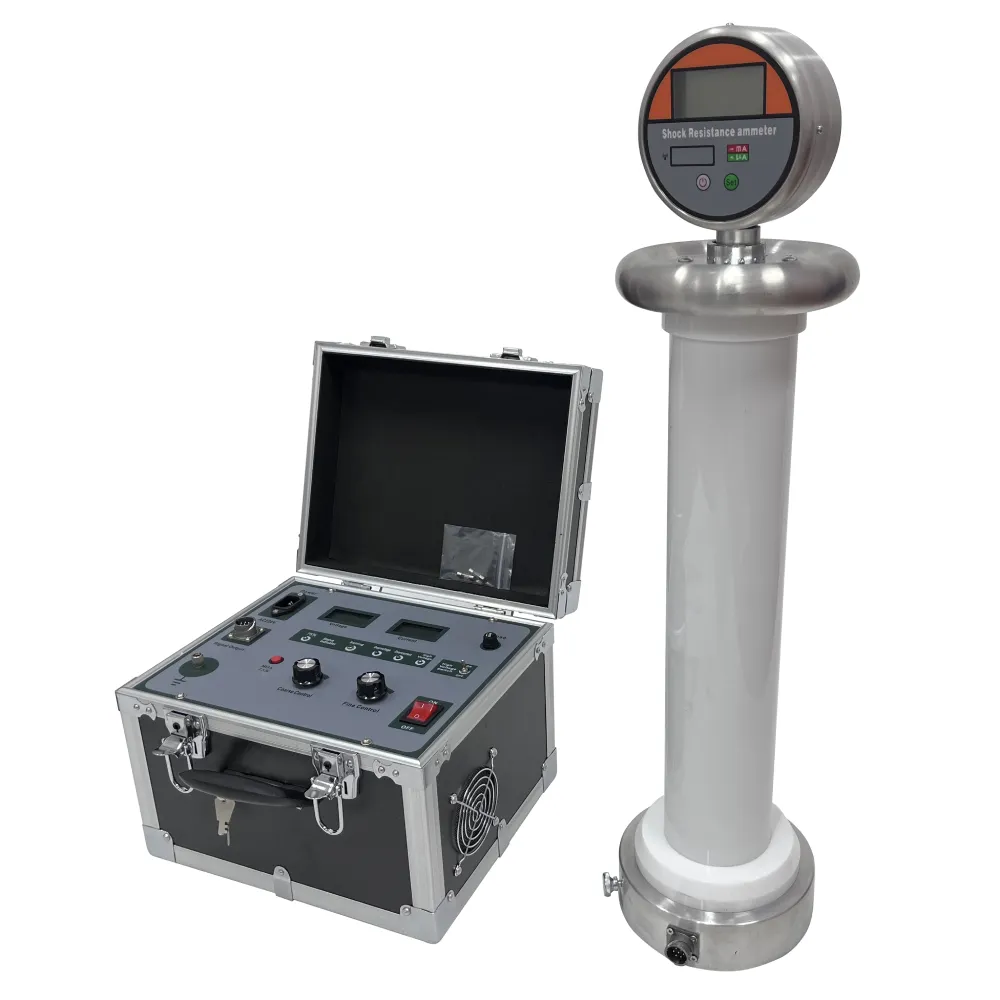 English
English


transformer earthing test
Testing Transformer Earthing A Crucial Process for Electrical Safety and Efficiency
Electrical transformers are essential components in power distribution systems, enabling the efficient transfer of electrical energy between two or more circuits. Their reliability and safety are paramount, which is why transformer earthing tests play a critical role in ensuring the overall performance of these devices. Earthing, or grounding, involves connecting the transformer to the earth, providing a safe pathway for fault currents and ensuring the stability of the electrical system. This article explores the importance of transformer earthing tests, the methodologies involved, and the benefits they confer.
Why Transformer Earthing is Important
The main objective of earthing a transformer is to protect both the equipment and personnel from electric shocks and potential faults. In the event of a fault, such as insulation failure, fault currents can flow through unintended paths, leading to equipment damage, fire hazards, or even electrocution. Proper earthing ensures that these fault currents are directed safely into the ground, reducing the risk of equipment failure and improving operational safety.
Moreover, a well-designed earthing system helps to mitigate transients caused by lightning or switching events. Transformers can be sensitive to voltage spikes; therefore, effective earthing provides a pathway to dissipate these transients, enhancing the lifespan and reliability of the equipment. Additionally, a solid earthing system helps maintain voltage stability during normal operating conditions, ensuring a consistent supply of electricity.
Methods of Transformer Earthing Testing
Transformer earthing tests are diverse and can be categorized into several methodologies. One of the most common tests involves measuring the earth resistance of the grounding system. This is typically done using a portable earth resistance tester, which measures the resistance between the transformer’s earthing connections and the ground. The ideal earth resistance value is usually less than 5 ohms, but specific requirements may vary based on local regulations and the application's sensitivity.
transformer earthing test

Another important aspect is the measurement of the ground potential rise (GPR). This is crucial during fault conditions, where the potential can increase dramatically. GPR testing ensures that the earthing system will effectively handle the sudden surges in current without exposing the electrical system or personnel to dangerous voltages.
Additionally, continuity testing verifies that there is a low-resistance path from the transformer to its grounding electrode. This ensures that the grounding system is not only effective during normal conditions but will also operate correctly during fault conditions.
Benefits of Regular Transformer Earthing Testing
Regular earthing tests provide numerous benefits. Firstly, they enhance safety by minimizing the risk of electric shocks and equipment failures. By ensuring that the earthing system works efficiently, operators can offer a safer environment for personnel handling the equipment.
Secondly, routine testing helps identify potential issues before they escalate into significant problems. Early detection of deteriorating connections or increasing resistance levels can lead to timely maintenance, reducing downtime and repair costs.
Lastly, adherence to earthing testing protocols aligns with regulatory compliance, ensuring that facilities meet the standards enforced by local and national electrical safety codes. Maintaining these standards not only protects personnel and equipment but also helps in building trust with stakeholders and regulatory bodies.
In conclusion, transformer earthing tests are not merely procedural checks—they are vital for safeguarding both electrical equipment and human lives. By prioritizing these tests, organizations can enhance safety, promote efficiency, and ensure long-term reliability in their electrical systems. Regular testing, maintenance, and adherence to best practices in earthing contribute significantly to the overall health of power distribution networks, ultimately benefiting everyone involved.
-
Differences between open cup flash point tester and closed cup flash point testerNewsOct.31,2024
-
The Reliable Load Tap ChangerNewsOct.23,2024
-
The Essential Guide to Hipot TestersNewsOct.23,2024
-
The Digital Insulation TesterNewsOct.23,2024
-
The Best Earth Loop Impedance Tester for SaleNewsOct.23,2024
-
Tan Delta Tester--The Essential Tool for Electrical Insulation TestingNewsOct.23,2024





